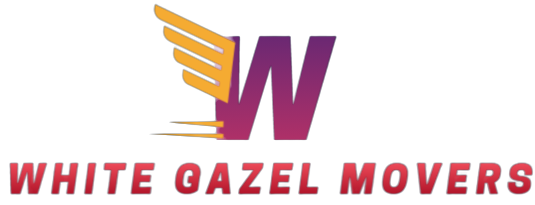Best Practices for Office Moves: Ensuring a Smooth Transition
Moving offices can be an arduous task that requires careful planning and execution to ensure a seamless transition. Implementing best practices can significantly reduce the stress and potential disruptions associated with the move. Here are some essential guidelines to consider when navigating the process:
1. Develop a comprehensive moving plan: Start by creating a detailed timeline that outlines all necessary tasks and deadlines. Assign specific roles and responsibilities to employees to ensure everyone is on the same page. This plan should include packing and labeling procedures, technology relocation, and coordinated communication efforts.
2. Minimize downtime: To minimize disruption to your business, consider moving over a weekend or during non-peak hours. This will provide your team with ample time to set up and settle into the new space before resuming regular operations.
3. Prioritize IT infrastructure: Ensure that your IT department is fully involved in the move. Plan and execute the relocation of critical systems, such as servers, phone lines, and internet connections, in advance. Test all equipment at the new location before the actual move to prevent any potential downtime.
4. Communicate with stakeholders: Keep your clients, suppliers, and other relevant parties informed of the move. Update your online platforms, such as websites and social media accounts, with the new address and contact information. Maintaining open lines of communication will minimize any potential disruption to your business relationships.
By following these best practices, you can ensure a smooth and successful office move. Remember that early planning and clear communication are key to minimizing downtime and ensuring a seamless transition for your employees and stakeholders.


